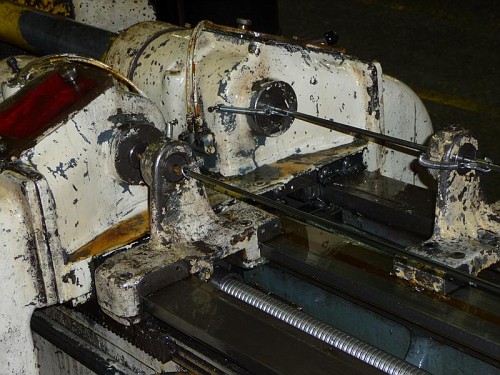P
piniongear
Guest
PG
Yours is an excellent question and one that needs to be discussed. Like Alinwa said, never be ashamed to ask a question. I wrote you a response last night but was so tired, I accidentally deleted it instead of posting it. I just called it a night a went to bed. Sorry.
Your question will be discussed and I'll add something in my post number one of this thread about it. My post number one was just an opener. It will be added to and revised many times after we get feedback from others. There's a lot of expertise here on BR Central. This will be an ongoing, informative thread, I assure you.
Thanks Gene. This is really intersting stuff.
I look forward to reading more. As you had stated at the beginning, this is an ongoing discussion subject to addition and revision.
A number of members have replied to my question (thanks guys) and some say they drill out the excess material before reaming.
That makes me question another item.
When you drill out the barrel to remove excess material before applying that expensive reamer.... How do you maintain the 6mm pilot hole?
I know when I drill out barstock on my South Bend the hole will wander off center very quickly.
Now that does not concern me very much as I am going to ream it to final size later. However, how can I use the pilot on the reamer if I have already drilled out the material with a drill bit?
Without a pilot the reamer will drift off center quicker than a drill bit I would think.
These are just a few of the questions I have trying to get a grasp on how this operation is done correctly.
Thanks........ pg






